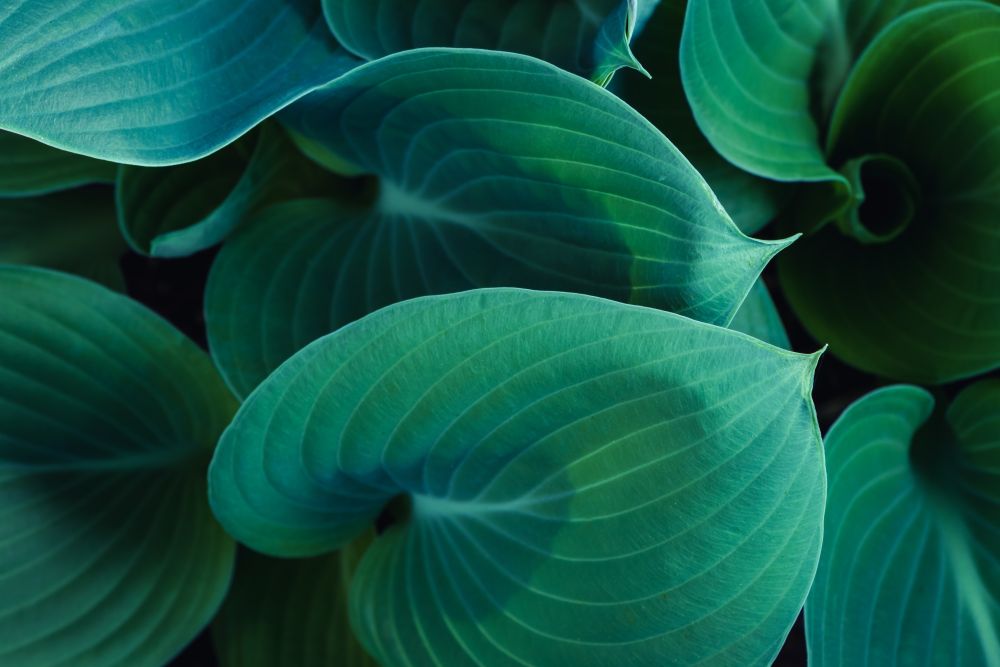It’s been a minute here on the blog! We’ve just wrapped up our final June Brides Wedding here at the Acre. A huge congratulations to Jessica & Mitch, Kristen & Matt, and Silvia & Crom. You are all absolutely lovely and it’s been a pleasure to help you get married during these tough times. Keep an eye here for a big follow up to that whole experience!
In the meantime, let’s jump back into the garden and talk about perennials! I’ve always loved the idea of having a yard full of perennials. The maintenance isn’t crazy, and . Like every plant though, there are some better suited to different sun exposures, and someone once told me that growing next to Spruce tree was bad… I’m looking forward to investigating this topic a little more so I can make some good decisions! Perennials are an investment!!
Thank you to our perennials expert Barb for sitting down with me to talk about it!
Q: “First: What is the difference between an annual and a perennial?”
This one definitely stumps a lot of people. A perennial is a plant that lives longer than two years. They’ll bloom during spring, summer or fall depending on the variety. In the winter, they will die back and hibernate until the next spring, where they’ll grow again from the roots! Comparatively, an annual is a plant that will only grow for one season like geraniums, petunias, and marigolds.
Q: “What perennials can I grow in the shade?”
There are so many! The popular one is Hosta. They are loved for their dynamic foliage, and will get a neat looking flower that towers over the plant which you can see in the Guacamole Hosta. They mostly come in shades of green, but you can get some that are more blue like the Fragrant Blue or some white like the Patriot Hosta. You can also get ones that have ruffled leaves like the Earth Angel. So, that’s a great option! You can also do Bleeding Hearts, which come in pink or white. They also come with a really cool story which you can read (with photos) here. Some other shady perennials could be Ligularia, which are kind of like Hosta in that they boast beautiful foliage, and towering flowers which are mostly yellow. Astilbe have thinner green foliage and mostly either pink or white clusters of flowers that come through. If you want something closer to the ground, or trailing, there’s also Creeping Jenny or Lamium. Another popular one which can come in a variety of foliage colours is Heuchera, or Coral Bells! There seriously lots to choose from. When you come into the greenhouse though, we have all of our shade loving perennials in one area, so it’s easy to decipher and any of our team members can help you out!
Q: “What is the best ground cover?”
Here, we can explore those shade loving Lamium and Creeping Jenny plants. I can also suggest sedum which Is such a diverse plant! They can come in purple like this Spurium Roseum, red like the Spurium Red, yellow like the Oregon Stonecrop, and more! I even found one that looks like chocolate called Hak Chocolate! Lastly, you could so look into the Sweet Woodruff, which have these star-shaped leaves, and cute little white flowers. I love them for their fresh scent too.
Q: “What can I grow under a spruce tree?”
Spruce trees can make growing flowers difficult. The tree requires a lot of water and will steal any moisture from your perennials. They also create very acidic soil due to their needles. You’ve gotta fill the spot with acid loving plants like Sweet Woodruff or also known as Galium, and give the area lots of water.
Q: “What is the best perennial for a dry, hot area?”
The fan favourite is the Peony, which boast big beautiful blooms that can come in Pink, Red, Yellow, and more. They smell amazing, and you can bring them inside for a easy cut flowers in the summer. Sedums, Salvia and Shasta Daisy all come to mind as well. Beautiful flowers for various heights in your garden.
Thank you so much to Barb for your insight on Perennials this week! I’m excited to get my hands dirty!
Next week: Small Spaces: Gardening for Infills, Condo, and Balcony
Happy Gardening!
Brandi

